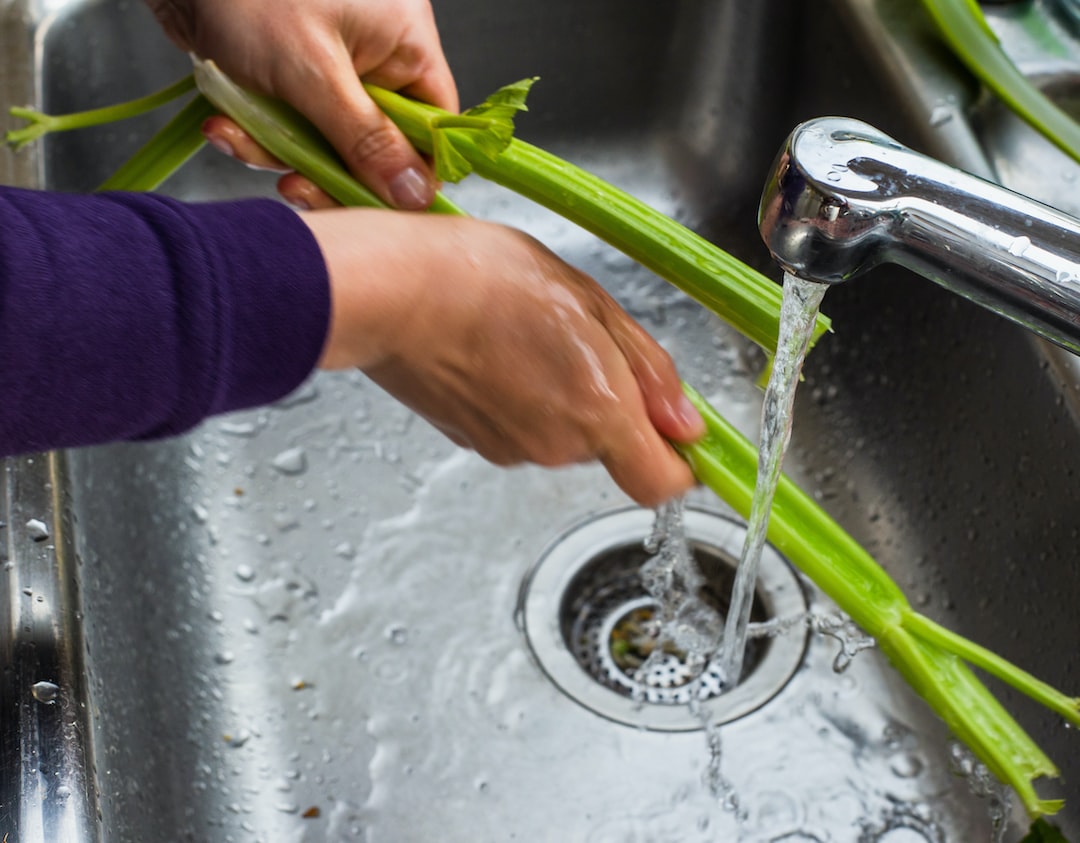Plumbing is an essential aspect of any building, whether it’s residential, commercial, or industrial. It involves a complex network of pipes and fixtures that supply water and remove waste. Understanding the different types of piping materials is crucial for ensuring the proper functioning of a plumbing system.
One of the most common piping materials used in plumbing is copper. Copper pipes have been popular for decades due to their durability and resistance to corrosion. They are also flexible, making them easy to install, and can withstand high pressure. Copper pipes are widely used for both hot and cold water supply lines.
Another widely used material is polyvinyl chloride (PVC). PVC pipes are affordable, lightweight, and resistant to chemicals. They are commonly used for drainage systems and vent pipes. PVC pipes are not suitable for hot water supply lines as they can melt under high temperatures.
Cross-linked polyethylene (PEX) is another material gaining popularity in plumbing. PEX pipes are flexible and can be bent around corners without the need for fittings. This makes installation easier and reduces potential leak points. PEX pipes are commonly used for both hot and cold water supply lines.
Galvanized steel pipes were once a popular choice for plumbing. However, due to their susceptibility to corrosion and the potential for galvanic reactions when connected to other metals, they are now rarely used in residential plumbing. They are still found in some older buildings but have been largely replaced by other materials.
A newer material on the market is chlorinated polyvinyl chloride (CPVC). CPVC pipes offer similar benefits to PVC pipes but are designed to withstand higher temperatures, making them suitable for hot water supply lines. CPVC pipes are commonly used in residential plumbing and are often chosen as an alternative to copper pipes.
Stainless steel pipes are known for their high strength and resistance to corrosion. They are commonly used in industrial and commercial plumbing applications, especially in food processing plants and hospitals where hygiene is essential. Stainless steel pipes can be expensive, but their durability and long lifespan make them a worthwhile investment in certain settings.
Understanding the different types of piping materials is crucial for plumbers and homeowners alike. Each material has its own advantages and limitations, and the right choice depends on factors such as budget, intended use, and local building codes. Consulting with a professional plumber can help ensure that the most appropriate piping material is selected for a particular plumbing system, resulting in reliable and efficient water supply and drainage.
************
Want to get more details?
GSP
https://www.georgestokesplumbing.com/
843-373-5471
Residential and Commercial Plumbing Service

